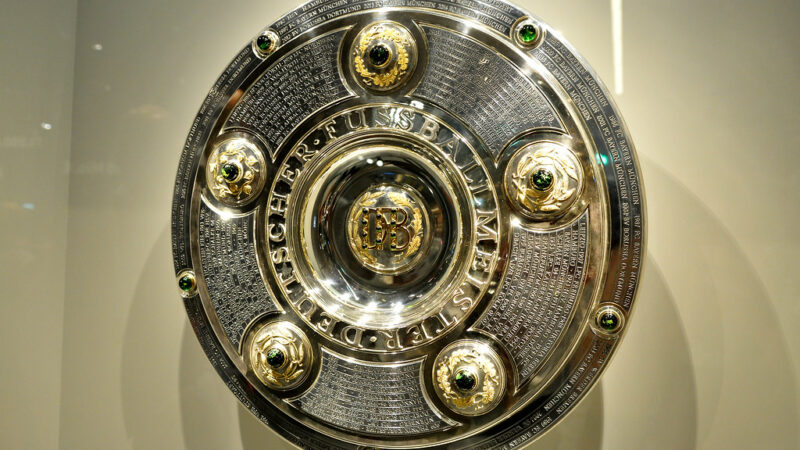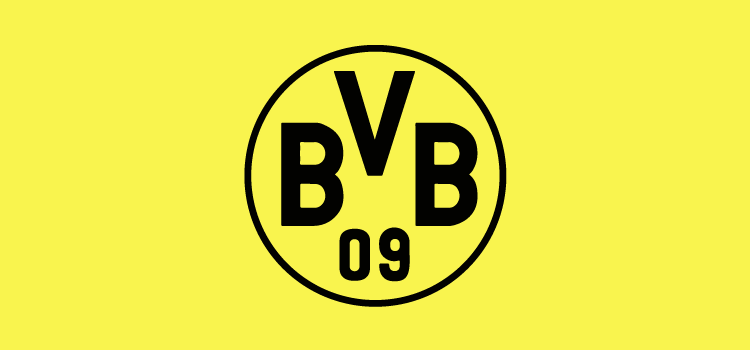Borussia Dortmund – Schalke 4-4 Tactical Analysis

Few matches are destined to be remembered forever by all those who were lucky enough to watch them live. The first derby of the Ruhr Valley for this season is one of them. Arguably the best match in the history of the greatest rivalry in German football, a match with so many changes in score and feelings, it will also be remembered for some interesting tactical decisions by the two coaches.
Both teams started with a 3-man defence, with Schalke playing in a 3-4-3 formation and Dortmund in something more like a 3-4-2-1.
Schmelzer was one of the 3 in the back for Dortmund, with Pulisic playing in a right full-back position – Guerreiro was on the left side. Apparently, Peter Bosz tried to take advantage of the skills that Yarmolenko showed when he played in a more central position in some of the recent matches. He brought the Ukrainian and Gotze close to Aubameyang and left Pulisic and Guerreiro occupy the flanks.
We have mentioned in previous pieces that Bosz seemed unwilling to proceed to a plan-b, since his team has collapsed during the last one and a half month, but he finally decided to try something different here.
And it worked perfectly for the first 30 minutes of the match, were his side demolished their opponents, gaining a massive 4-0 lead before the break.
When Weigl is the defensive midfielder for Dortmund, he is usually the man to receive the first pass from defenders to start the build-up. Knowing that Tedesco tried to cut the lanes towards the young German, leading Dortmund to play from the flanks.
Having two left-backs together meant that the Yellows were playing from the left side more often than not. Schalke didn’t only have a problem from their right side defensive wise, but they would also leave huge spaces in their left, were Pulisic was ready to produce his magic – the first goal came from such a situation.
Dortmund found extreme pace after that and added three more goals within the next 13 minutes.
It wasn’t that they produced more good chances than usual, but this time they were as cynical as they should in order to convert them.
Tedesco wanted to avoid a historical thrashing, thus made some risky movements after his team was trailing by four. Goretzka and Harit were introduced to the game and made their team more solid and disciplined.
With the start of the second-half Schalke showed some signs of life, particularly through aerial success.
Here it is a good moment to remind that we have cited in previous pieces that Dortmund have the tendency to retreat when they take the lead, allowing their opponents to hold possession and gain confidence through it.
Schalke took full advantage of this tendency, which made its appearance once again for Borussia.
Tedesco’s men hit right were Dortmund’s power lied, their left side. Caligiuri, Harit and Goretzka worked brilliantly on that side of the pitch and made Dortmund feel that they had to stay deeper and deeper.
The first two goals for the Blues were a clear indicator of what was to follow. Aubameyang’s red card made things even worse for the Yellows and the inevitable happened at stoppage time, again from a set-piece, again due to Dortmund’s players failing to clear a cross, before aerial-master Naldo head it home, to complete what will be always remembered as one of the games’ greatest comebacks.
Conclusion
One could wonder whether it is wise to attempt any kind of tactical analysis for a match that went from 4-0 to 4-4 in 30 minutes. Sure, it takes some serious effort and thinking from the coaching staff to return from such a deficit, but it would be wrong to overlook the amounts of mental strength and passion that it requires.
When it comes down to this factors, we think Dortmund would surrender any lead against any opponent this time of the season.
Peter Bosz tried something different tactically, but it maybe was very late. Moreover, his team seems to have a major confidence issue. Players don’t trust themselves – and the coach apparently – and it seems impossible to turn things around anytime soon.



